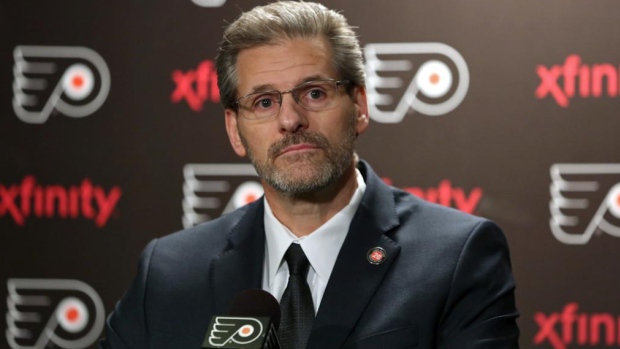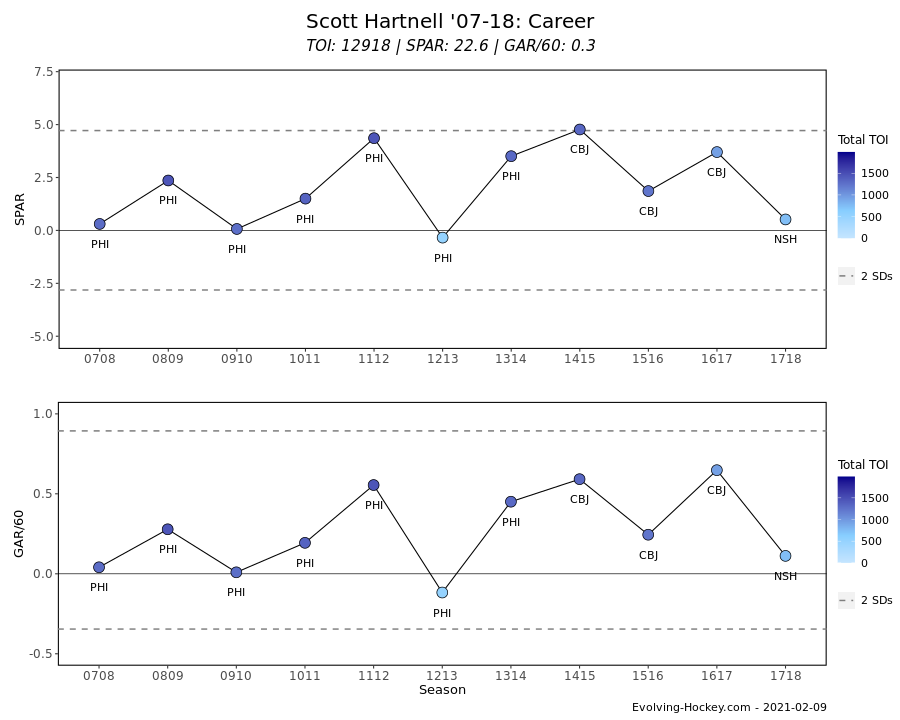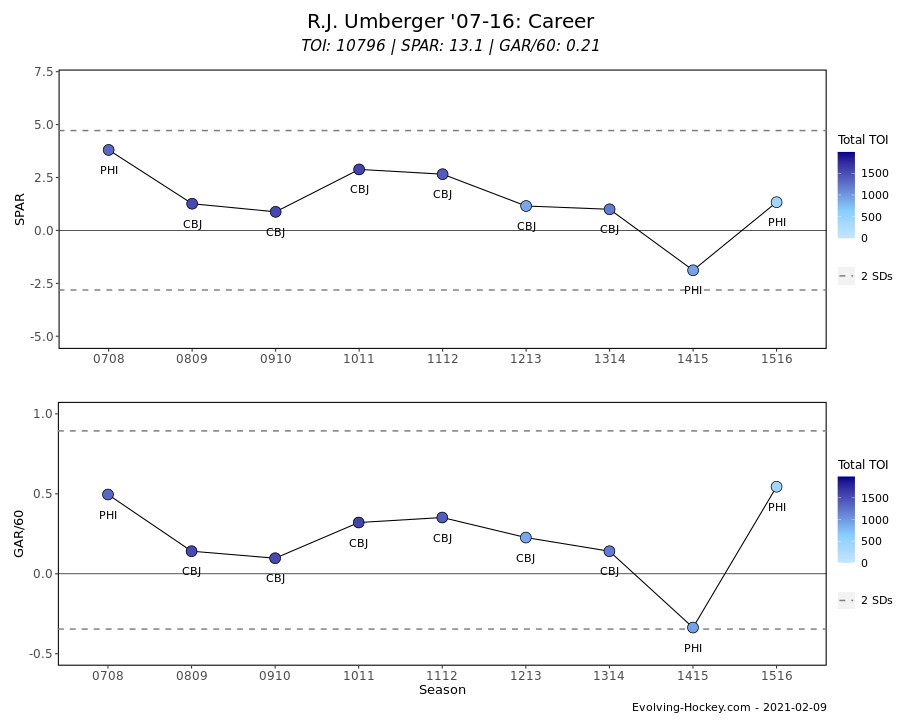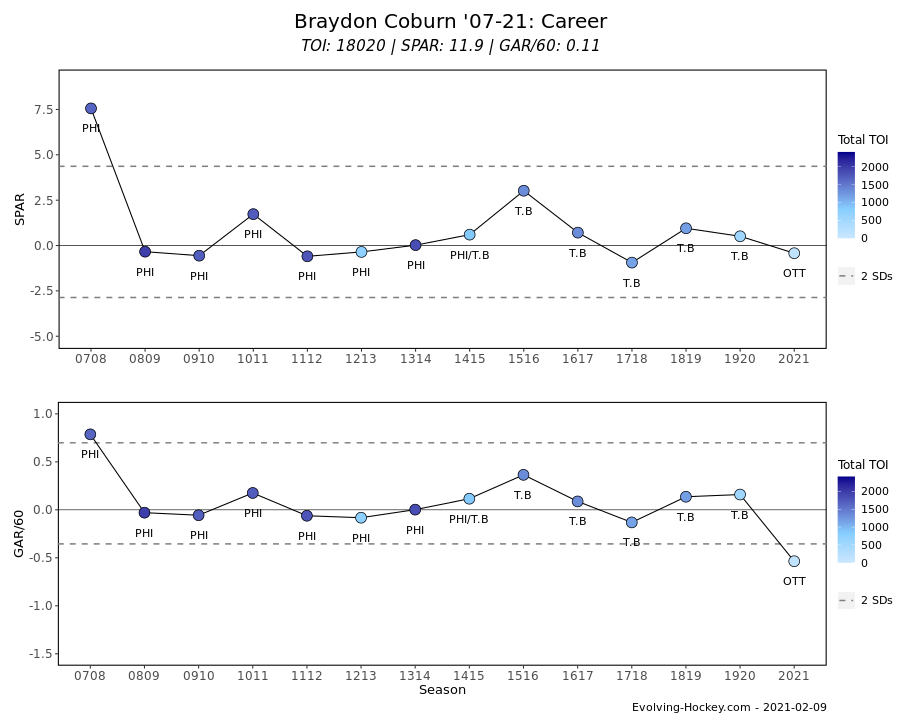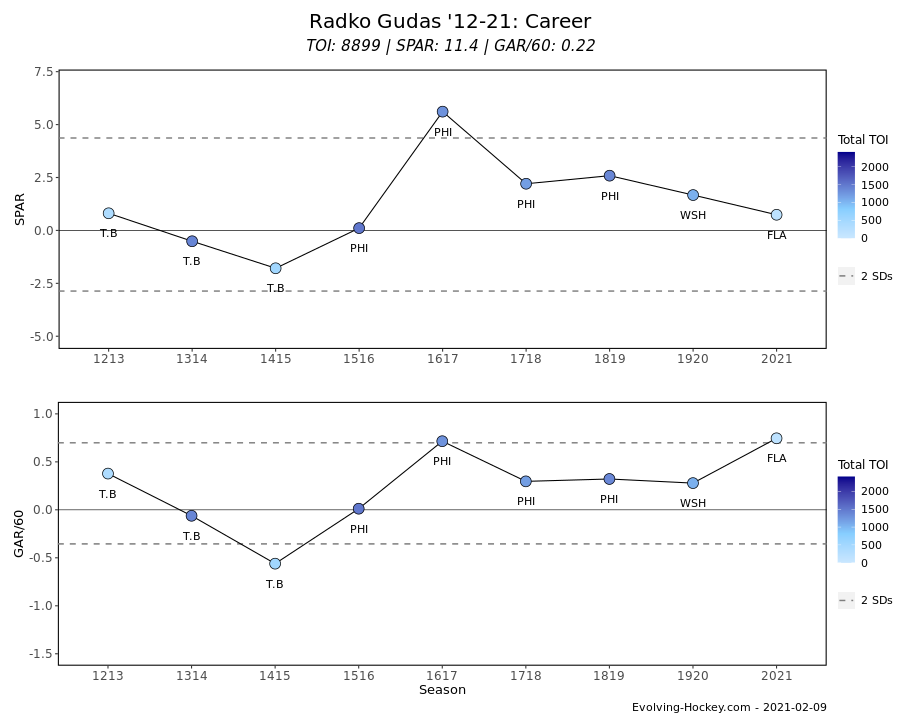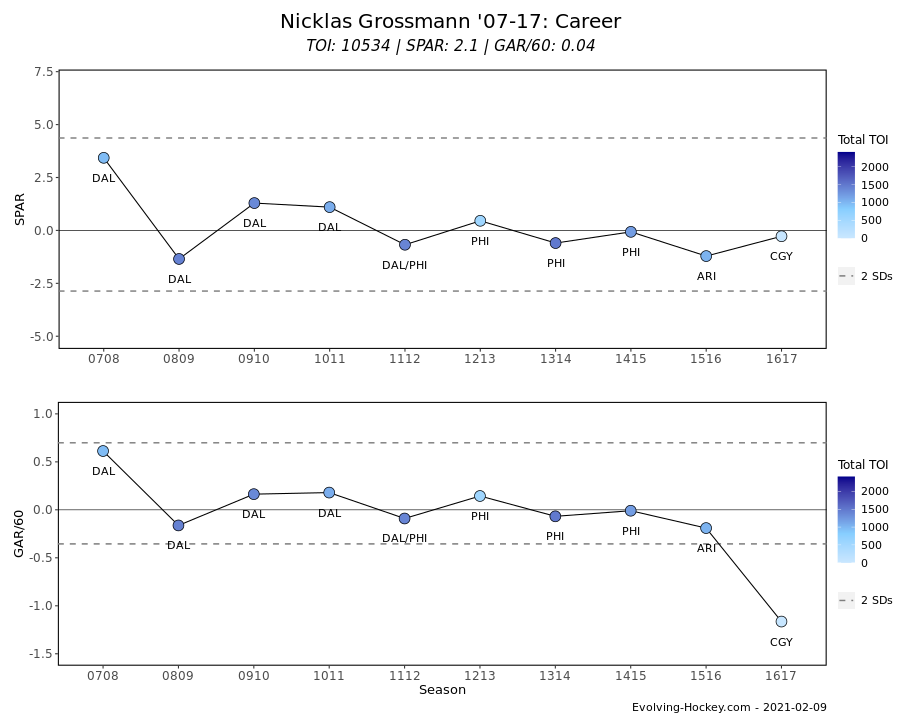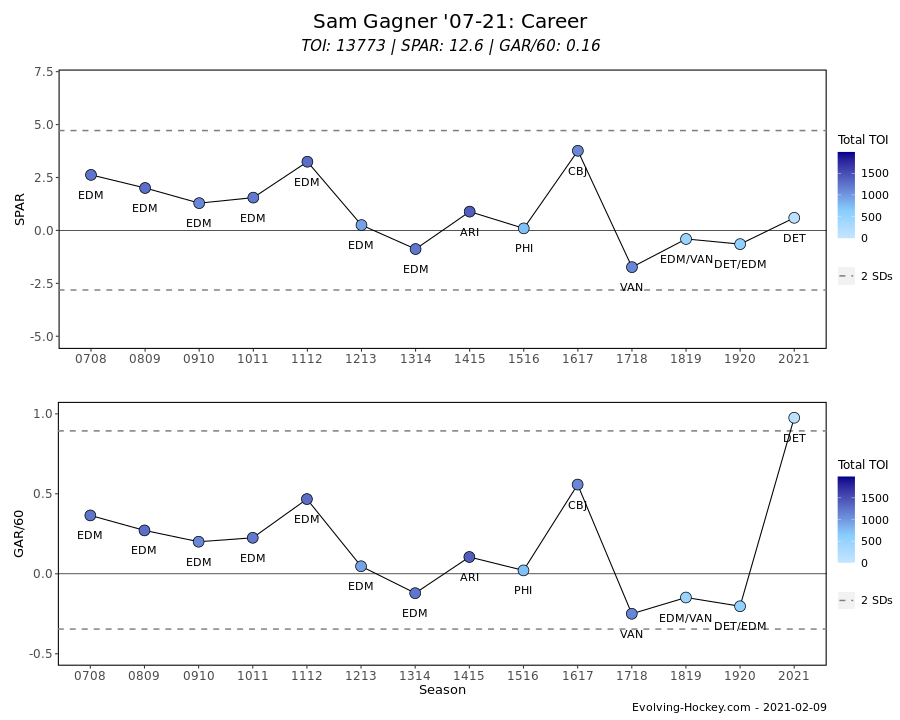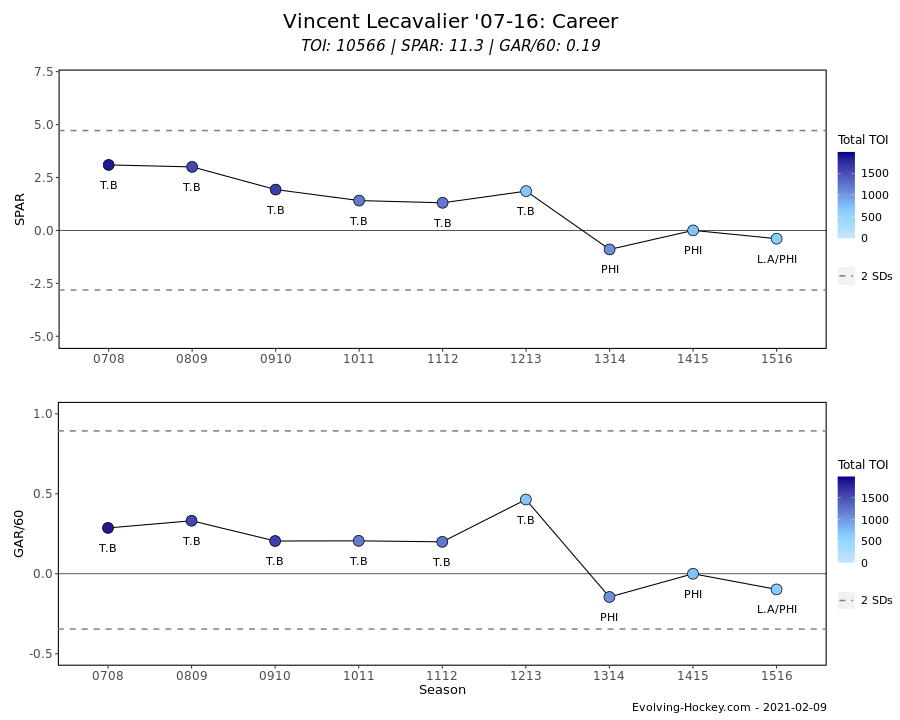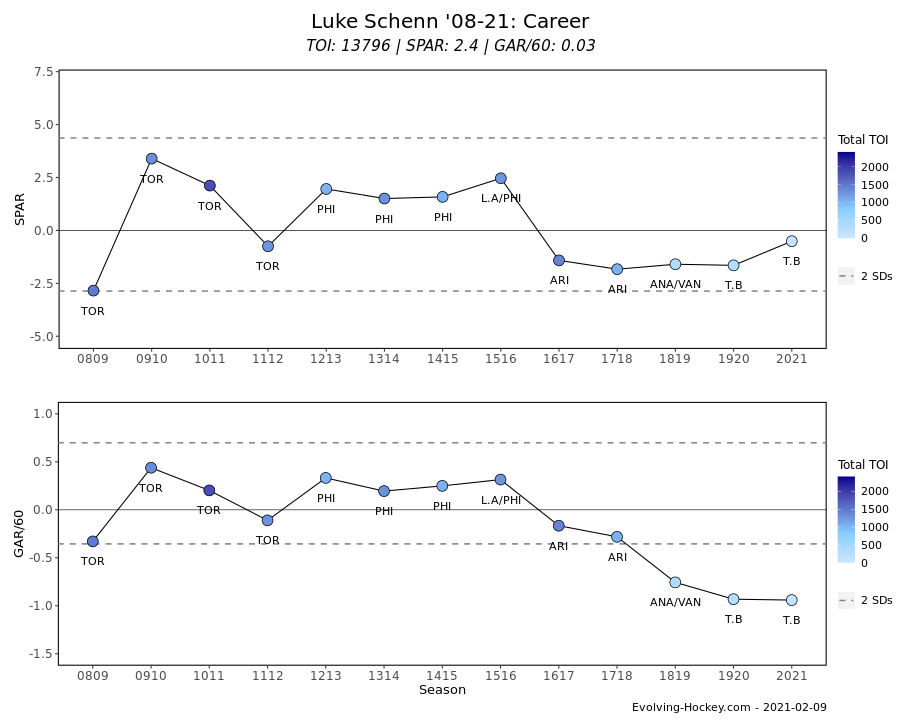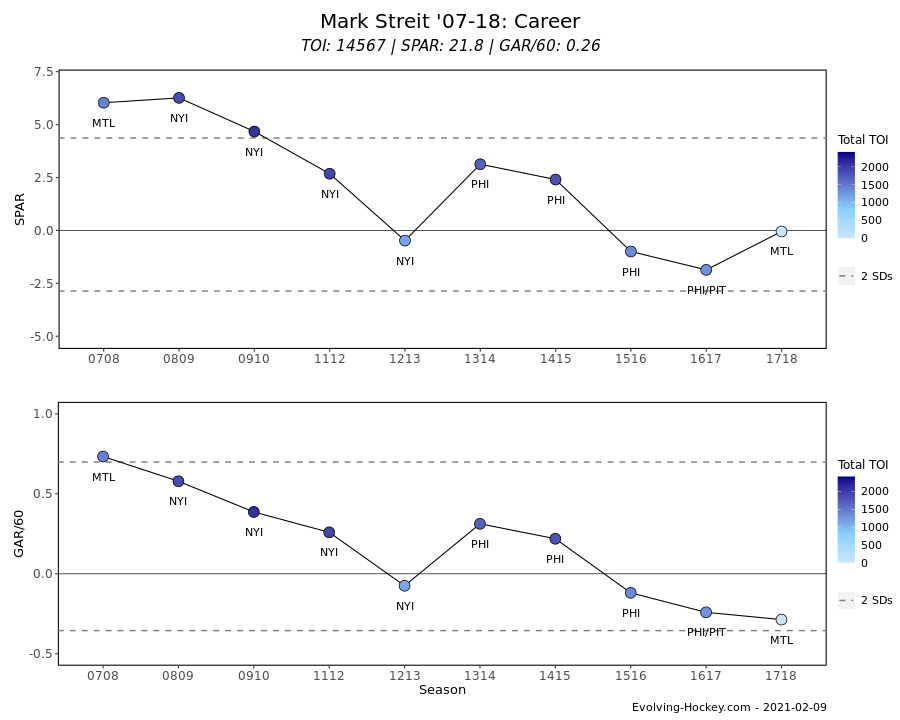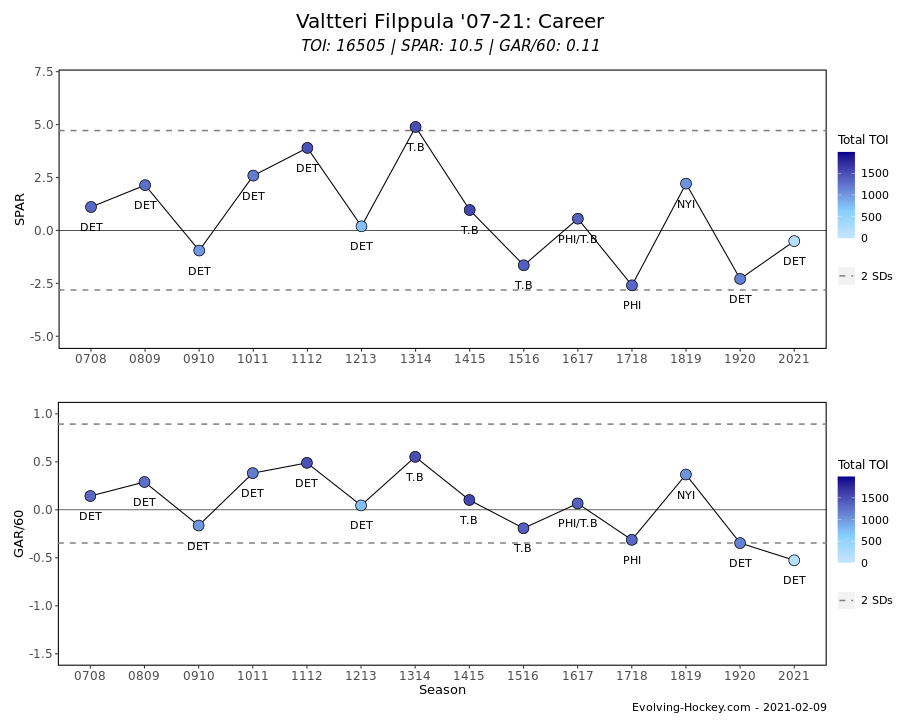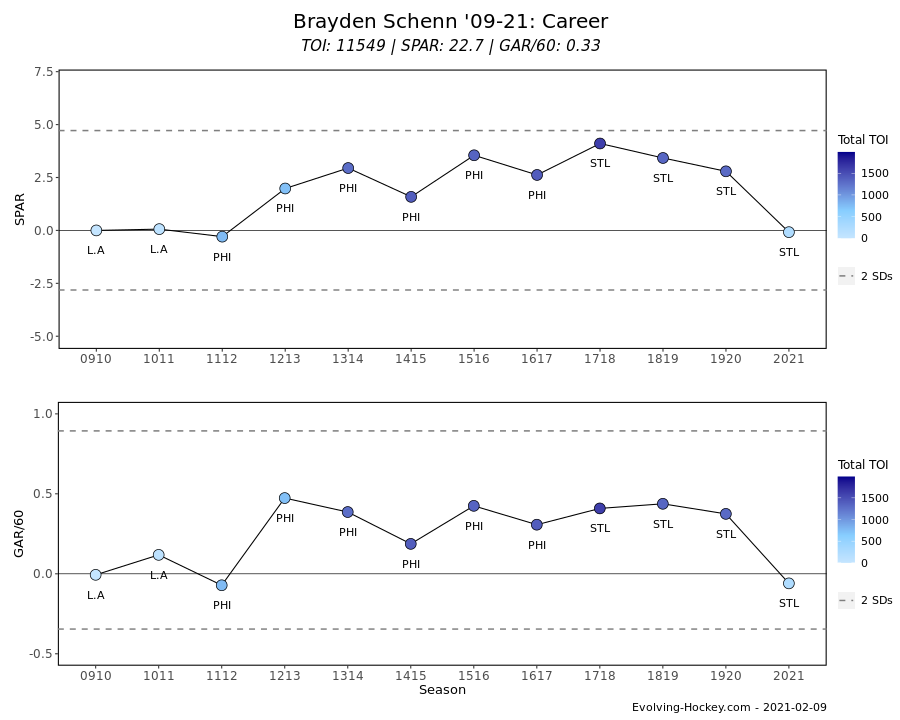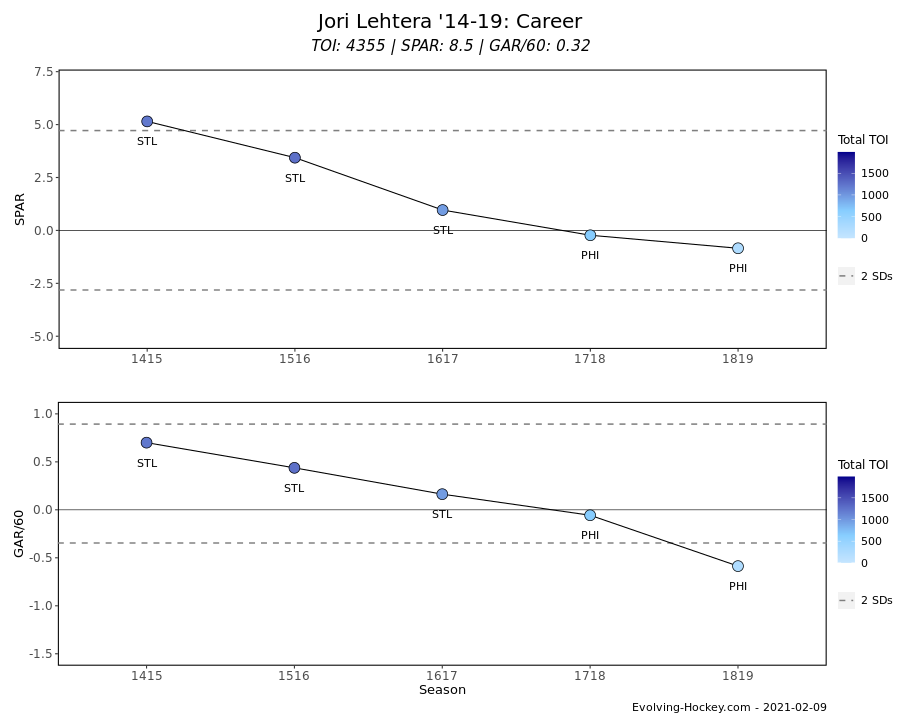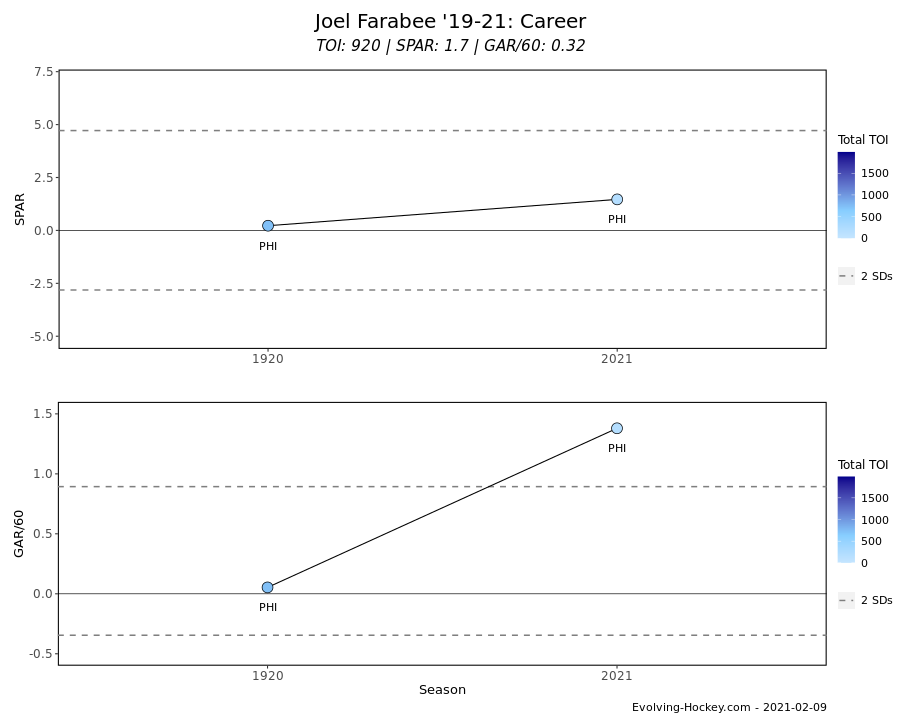Ron Hextall is the new Penguins GM.
This, by most accounts, feels like a win for the Penguins. In Hextall, they get a guy known for his building prowess, whose vision and drafting should, theoretically at least, help keep the Penguins from being irrelevant for a long period of time after Crosby, Malkin, and Letang sail off into the sunset.
That building and drafting has largely set the Flyers up for their current success. You’ve surely read the names he’s drafted by now: Carter Hart, Travis Konecny, Ivan Provorov, Joel Farabee, Nolan Patrick, Travis Sanheim, Oskar Lindblom, among others.
For an organization like the Penguins, one that possesses virtually no prospects, virtually no draft picks this year, and very little producing depth, Hextall’s resume seems like the perfect fit.
But, as always, this is the Pittsburgh Penguins. Sidney Crosby, Evgeni Malkin, and Kris Letang are still on this team. Jake Guentzel and Bryan Rust have emerged as top end, top 6 talent (both, you could say, before their 26th birthdays). John Marino and PO Joseph look like they’re going to have long, successful careers and are just 23 and 21 respectively.
Building for the future is important. So too is adding another Cup to the trophy cabinet.
Ron Hextall, when asked about difference between what's being asked of him in PIT versus PHI: "I know I was looked at as a builder, but … I'm not a one trick pony."
— Frank Seravalli (@frank_seravalli) February 9, 2021
If there was ever going to be a team that he could set out to prove that he’s not a one trick pony, it was always going to be the Penguins.
Why?
They’re in cap hell. They need an entirely revamped 3rd line. And health hasn’t been on their side for the better part of a decade. Some of these are conditions he inherited and had to rectify with the Flyers, too. So it’s not as if he’s wading into uncharted territory here.
My view of Hextall's strengths and weaknesses as a GM in Philadelphia (focusing solely on team building here, not relationship-building critiques): pic.twitter.com/yGjGv4XsBt
— Charlie O'Connor (@charlieo_conn) February 9, 2021
Charlie is an incredible resource for any and all things Flyers and you should be following him.
Let’s start with the negatives here.
First, it’s in this blog’s estimation that being slow to pivoting to win-now won’t be an issue this season. They’re out to win a Cup. Period.
Sticking with underperforming personnel was a hallmark of fGMJR’s tenure as Penguins GM in some cases (Jack Johnson, Justin Schultz), but was also the antithesis of his demeanor in others (Jamie Oleksiak, Carl Hagelin, Dominik Kahun, Nick Bjugstad, etc.). With a fresh view of the current personnel and no ties to any of them in the sense that he didn’t trade for or sign any of them and the directive being to make them a team that can compete this year, one would expect Hextall to be aggressive in trimming the fat here.
The big one that sticks out is identifying and getting quality guys to fill out the bottom of the lineup. With a healthy complement of players, the top 6 of Guentzel-Crosby-Rust and Zucker-Malkin-Kapanen is pretty set and pretty solid. They’re tracking in the right direction. No real concerns there.
On the back end, you’d have to think they’ll be in good shape all around when/if healthy. Dumoulin and Letang should settle down and get back to their traditional form. On the left behind Dumo, you’ll have Marcus Pettersson and PO Joseph, the latter of which has been the Penguins best defenseman. On the right behind Letang is Marino and Chad Ruhwedel, with Matheson, Riikola, and Ceci as the extras. Is there room for improvement? Sure, always. But that looks like a formidable group with few concerns beyond health.
The concerns lie in the bottom 6, particularly on the 3rd (or 4th) line. Tanev-Blueger-Aston-Reese are set to be reunited this week when ZAR returns from injury. They were, without exaggeration, one of the best 4th lines in hockey last season. In the interim, you’ll likely see them take on 3rd line duties.
That leaves Jared McCann, Mark Jankowski, Sam Lafferty, Drew O’Connor, and Colton Sceviour to fill out the rest of the forward lineup.
Jared McCann, currently day-to-day week-to-week with a lower body injury, has been the lone bright spot among that group outside of Jankowski’s first 2 or so games. McCann’s 2.8 Goals Above Replacement total leads all Penguins in all situations. Only Kapanen (2.4) has a better Even Strength Offense total than McCann’s 2.3 (all data here via Evolving-Hockey).
McCann’s the X factor here.
If you subscribe to the idea that the Penguins need a 3rd line center for the 4th year in a row, it’s likely easier to look internally first before trying to pry one away from the other 30 teams. Couple that with the idea that it’s also likely easier to find depth on the wings than it is at center and you start to see where we’re heading here.
When he’s healthy, it feels like it’s time to play McCann at center and look to the trade market for pieces with which to surround him. The Penguins don’t have many picks or prospects to sell to go out and get an Adam Lowry type center. They just don’t.
See what you have in McCann in that role, then reassess. It’s time.
I went into great detail this past offseason breaking down McCann’s numbers at center and at wing and, nearly across the board, his numbers tracked better at C than at LW. You can read that here.
And that brings us to the positives (and the whole point of this post). We already touched on the draft stuff, but having a vision and sticking to it will be a welcomed addition to a Penguins front office whose decisions felt rudderless under Rutherford’s tutelage since the 2018 playoffs. This is especially true if his vision for retooling around this core was as impressive as reported.
Ron Hextall was one of first people Mario Lemieux mentioned internally as possible GM in wake of Jim Rutherford resignation. Heard Hextall impressed in interview with detailed plan to quickly re-tool around Sidney Crosby/Evgeni Malkin while also committing to draft/development.
— Rob Rossi (@Real_RobRossi) February 9, 2021
And, perhaps most importantly for a team that’s going to be fixed, presumably, by in-season trades, Hextall’s ability to win trades (albeit mostly for futures in the past) will be imperative.
But what exactly did those trades look like and what can we discern from the noise of his past trades?
We’ll highlight some of the bigger ones here with a focus on bottom of the lineup moves rather than the moves for just picks. You can find the full list of his trades here.
June 23, 2014
What a wild trade this turned out to be, Hextall’s first in charge of the Flyers. Hartnell, the ultimate villain and Philly Fan Favorite, was coming off one of his best seasons in the orange and black, netting 20 goals and 32 assists. He’d go on to have arguably his best season of his career in Columbus, registering 28 goals and 32 assists. His impact: 5 standings points above replacement for the season.
It was mostly all downhill from there, despite being somewhat useful in his age 34 and 35 seasons.
Umberger, on the other hand, followed the trade up with his worst of his career, a 67 game season which saw him produce just 9 goals and 6 assists, both near career lows. His next season was much better, his best in terms of his Goals Above Replacement per 60 minutes of play, but was again hamstrung by injuries, limiting him to just 39 games (2 goals, 9 assists).
He was bought out that summer.
The 4th round pick included in this deal bounced around, eventually ending up with the Kings (drafted Austin Wagner) and giving Hextall a lower 4th rounder, which was used to draft Mikhail Vorobyev. The 24 year old Russian still has yet to find a home on the NHL roster, playing just 35 games for the Flyers across two seasons (2018-19, 2019-20), while spending 3 seasons and 145 games in the AHL (28G, 55A). Currently, he’s playing for Ufa in the KHL, where he has 5 goals and 8 assists in 33 games.
Grade: F
March 2, 2015
Sandwiched in between this trade were two others: Tye McGinn to San Jose for a 2015 3rd round pick (used to draft Swedish goaltender Felix Sandstrom) and Kimmo Timonen to Chicago at the trade deadline for a 2015 2nd round pick (through a very convoluted trade tree, Hextall used this to trade up and draft Travis Konecny) and a conditional 4th round pick in 2016, which became a 2nd round pick (Wade Allison).
But the Coburn for Gudas+ deal was the first signal of intent from Hextall. Coburn was the Thrashers 8th overall selection in 2003, but never really found a home in Atlanta’s lineup before being traded to Philly in 2007 for Alexei Zhitnik.
Coburn was always a staple on the Flyers blueline from that point on, but, based on his SPAR and GAR/60 year over year, wasn’t really anything to write home about. Aside from two slightly above replacement level seasons in Philadelphia and Tampa, he’s not been a player that’s provided much to the teams he’s played for.
At the time, this was viewed as a deal that was a return to the Broad Street Bullies days, and while that may have partially been true with Gudas being Gudas, it’s pretty clear here that Gudas, once in Philly, has been the better of the two players. He also carried a cap hit of just $991,667 before re-signing with the Flyers for 4 years at $3,350,000. Coburn, on the other hand, carried a cap hit of $4,500,000, so not only did the Flyers win on player-for-player, but freed up a significant amount of money in the process.
The first round pick here was part of the wild trade tree that turned into Konecny, which saw the Jackets end up with it at the end of it all to take Gabriel Carlsson. Hextall took goaltender Matej Tomek with the 3rd round pick acquired here.
Grade: B+
June 27, 2015
That offseason, Hextall continued to both add depth and move out money, getting both Pronger’s contract (who hadn’t played since the 2011-12 season) and the final year of Grossman’s contract, which carried a $3,500,000 cap hit, off the books. This helped Arizona reach the salary floor, getting 58 games out of Grossman, and got rid of the final year of Sam Gagner’s $4.8M cap hit, one that they were reportedly set to buy out.
Much like Coburn, Grossman was never really particularly good, hovering around the replacement level line for the bulk of his career. He’d last just 3 games in Calgary in his final NHL season before departing for the Swedish league.
Gagner, on the other hand, is an interesting case study. He was decently good in Edmonton, but the wheels fell off after his 3 year, $14.4M contract extension. Arizona was unhappy with him a year after being involved in a 3 team trade (with Tampa) to acquire him, even in the face of a 15 goal, 26 assist season.
Hextall would go on to cut ties with him, letting him walk in free agency after a dismal 8 goal, 8 assist season across 53 games. He’d go on to score 18 goals and 32 assists the next year in Columbus on a 1 year, $650,000 contract, but hasn’t come anywhere close to replicating his age 27 season.
Still, given Gagner’s past and skill, taking a flier on him didn’t seem like a bad idea both at the time and in hindsight. It just didn’t pan out.
The conditional pick here bounced around as well, eventually turning into a 2017 2nd rounder, used to draft Isaac Ratcliffe.
Grade: C+
January 6, 2016
If the Coburn trade was a signal of intent, this one felt like a statement. Lecavalier was just 2.5 years into his 5 year, $22.5M contract with the Flyers. while Luke Schenn was in the final year of his 5 year contract (signed with the Leafs), which carried a cap hit of $3.6M.
Lecavalier was a premier signing for the Flyers previous administration, but never looked like reaching the levels he reached in Tampa. Cutting bait was the right move.
I’ll admit, I was shocked to see that Luke Schenn was as good as he was with the Flyers, but recency bias has its effects. Oddly enough, Hextall moving on from Schenn too at the time that he did proved to be brilliant. He hasn’t been anywhere near as good since then as he was with the Flyers.
With Weal, Hextall got a serviceable bottom 6 forward on a nothing contract (1 year, $632,500), extending him two more times (1 year, $650k and 2 years, $3.5M) before he was traded by Chuck Fletcher.
The 3rd round pick was used to take Carsen Twarynski in 2016.
Grade: A- (for the cap considerations)
March 1, 2017
We will remember this deal fondly as the Penguins laundered Mark Streit through Tampa to get him from the Flyers.
Streit’s first two year in Philly were very, very good, despite them being his age 36 and 37 seasons. Across those 163 games, he netted 19 goals and 77 assists and had their powerplay humming.
But once again, Hextall managed to get draft capital for a player that was at the end of his career (and contract).
He also got Valtteri Filppula, who had two years remaining at $5M per year. Filppula, who had been declining since the 2013-14 season, offered up some depth at center for the Flyers. In 59 games with the Bolts that season, he netted 7 goals and 27 assists, but managed just 5-3-8 in 20 games with the Flyers after the trade.
His decline was even more noticeable in his final season before walking in free agency to the Islanders on a 1 year, $2.75M deal.
Much like Lecavalier, Filppula never really lived up to the highs he had in Tampa, but was probably a net positive over the 39 year old, sub-replacement level Mark Streit.
The draft capital saw Hextall take right wing Maxim Sushko in the 4th round and defenseman Wyatt Kalynuk in the 7th round.
Grade: C+
June 23, 2017
Perusing Flyers Twitter for Hextall tidbits will always point this one out. Schenn got his NHL career really started at age 20 with the Flyers after he was dealt from LA with Wayne Simmonds and a 2nd round pick for Mike Richards.
Schenn would go on, from age 20-25, to collect 109 goals and 137 assists across 424 regular season games and another 3 goals and 11 assists in 24 games across 3 postseasons with the Flyers. Two of his 3 goals and 4 of his 11 assists came in that circus of a series in 2012 as well.
On a player comparison level, this one was a no brainer for the Blues. Schenn has been steadily dropping since his prime age years from an impact standpoint, but he is still 1) in the NHL and 2) still racking up points for St. Louis, collecting 76 goals and 117 assists in 238 games, including a 70 point season in Year 1 with the Blues (a career high) and 2 straight 54+ point seasons. Adding a Stanley Cup to his resume helps, too.
Lehtera, on the other hand, came to the NHL for the start of the 2014-15 season. He was 27 at the time and had a very successful year, adding over 5 standings points above replacement for the Blues to go along with 14 goals and 30 assists. He was never the same after that.
That didn’t stop St. Louis from getting the marquee player in this deal for a replacement level player that would see just 27 NHL games and 5 AHL games in 2018-19 before bowing out of the league and heading back to the KHL.
If we’re looking solely at the two players in this deal, it’s hard not to give Hextall an F here. It was that bad. But the 2017 1st round pick turned into Morgan Frost, a kid that ripped up the OHL, had a great 18-19 World Junior tournament, and looks every bit of a player (though currently injured).
And the 2018 1st round pick was used on Joel Farabee, a 20 year old that’s tracking in all of the right directions (and has a cool 6G, 6A in 13 games this season).
Grade: B
So where does that leave us? Probably still without real answers.
You can point to the Weal and Gudas acquisitions as positive identifications as decent depth guys, something the Penguins need.
But identifying Lehtera and Filppula were poor choices, even if moving on from Streit and getting/hitting on 2 first round picks were the right moves at the time.
Gagner just didn’t work out, either, but you can understand the thought process there (see also: Brassard, Derick).
One thing is for certain: even if the players he brought in didn’t live up to expectations, a good amount of the draft picks he acquired did/have. And for an organization that has just 1 pick in the first 4 rounds of the 2021 draft and some holes in the lineup to fill, Hextall seems as good a guy as any to steer this ship in the right direction.
All data and charts via Evolving Hockey. Salary information via Cap Friendly.
Add The Sports Daily to your Google News Feed!
